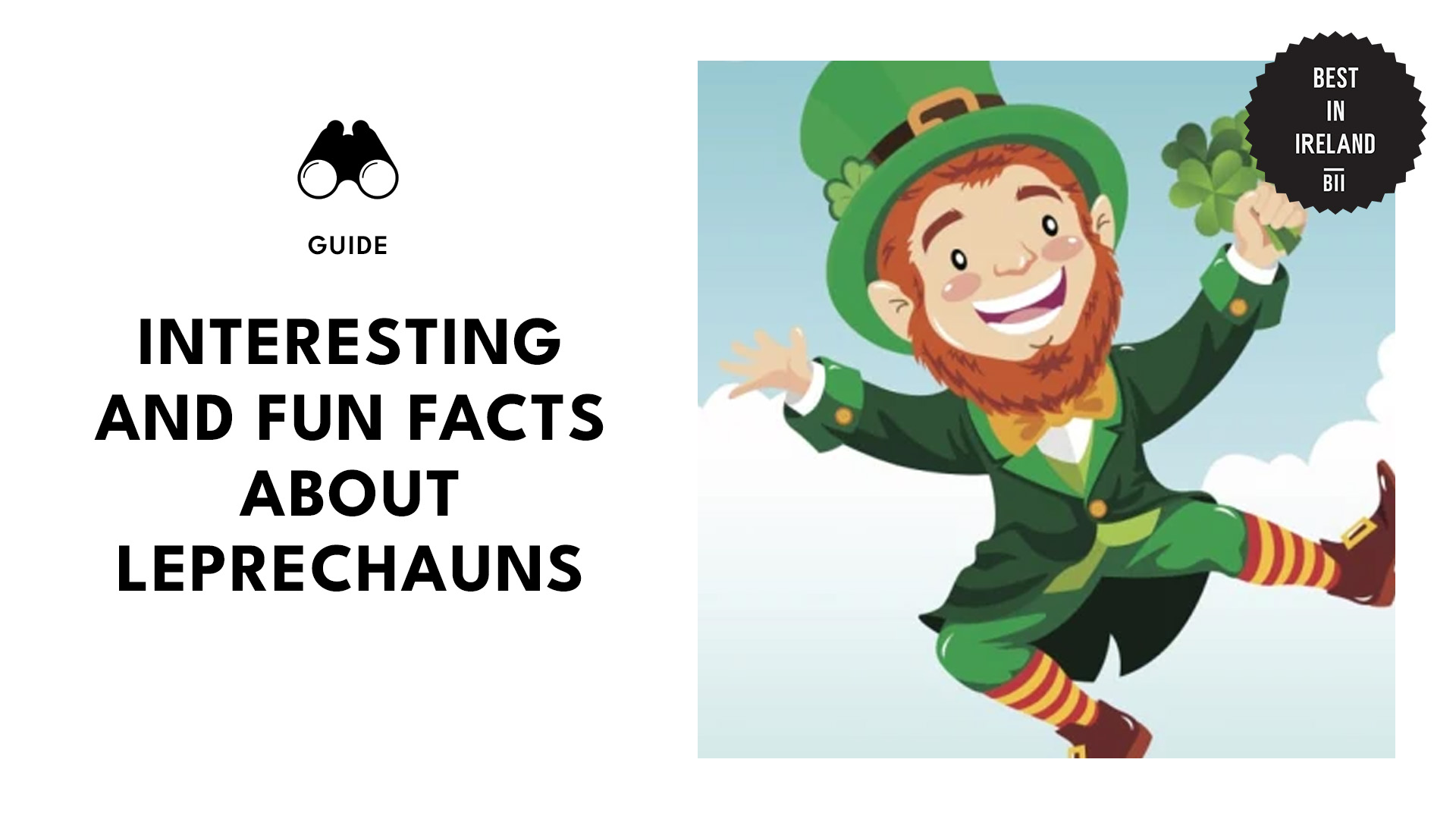I just found a pot of gold filled with interesting and fun facts about leprechauns!
Buckle up, folklore fans, because we’re about to dive into the wild world of leprechauns! These pint-sized troublemakers are way more than just cute green guys dancing on St. Patrick’s Day postcards.
Think of them as the original supernatural pranksters – a magical creature who’s part cobbler, part treasure guardian, and 100% mischief maker. They’ve been playing tricks, hiding gold, and weaving myths long before internet trolls were a thing.
So grab a pint (of imagination), and let’s unravel some interesting and fun facts about leprechauns that make these little legends larger than life!
A Brief Overview of Leprechauns in Irish Mythology
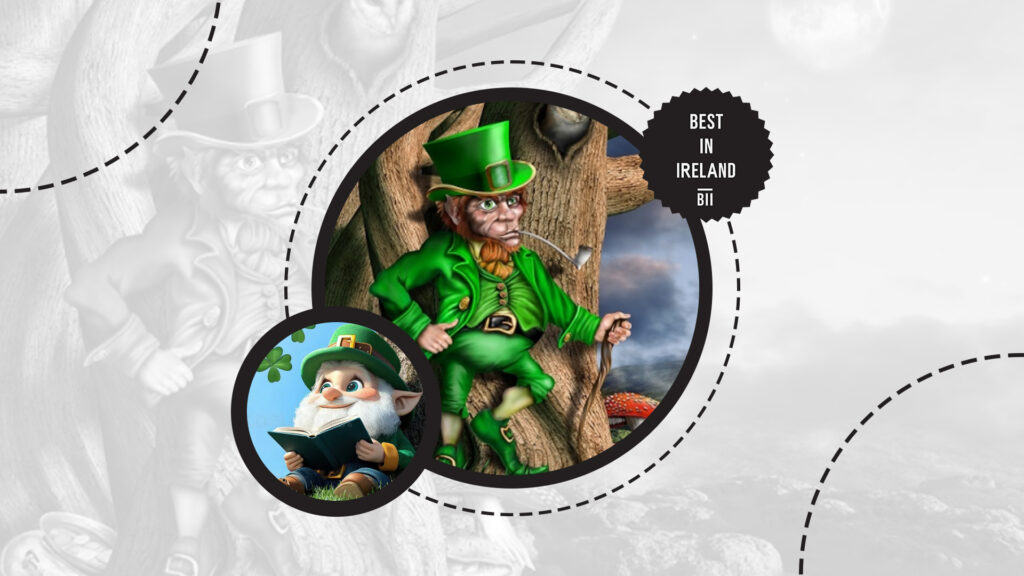
Leprechauns are iconic figures in Irish mythology, often depicted as small, bearded men dressed in green coats and hats. These mischievous creatures are part of the broader fairy folklore of Ireland, commonly associated with wealth, luck, and trickery.
They’re believed to be solitary beings, unlike other fairies who live in groups. According to legend, they are shoemakers by trade, using their craftsmanship to hide pots of gold, which they guard fiercely.
The most famous myth involves a human attempting to capture a leprechaun to force him to reveal the location of his treasure. However, leprechauns are known for their cunning and clever escape techniques, often outsmarting their captors.
Although they are typically depicted as playful tricksters, leprechauns also symbolize the hidden and elusive nature of fortune. Over time, they have become a symbol of Irish culture, especially during St. Patrick’s Day celebrations.
16 Fun Facts About Leprechauns
1. Leprechauns are Said to Be the Descendants of a Divine Race
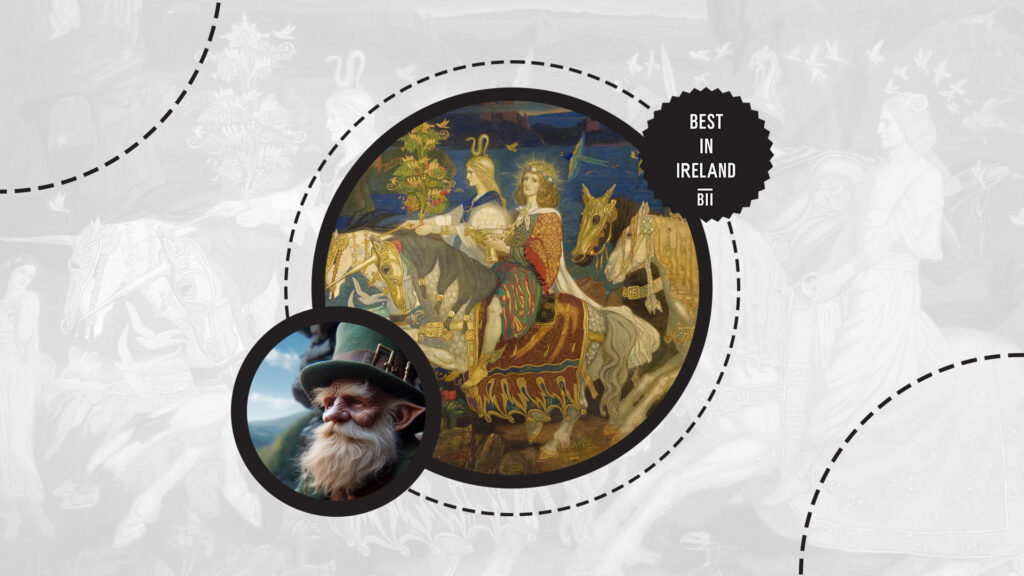
According to ancient Celtic mythology, leprechauns are believed to be descendants of the Tuatha Dé Danann. They’re a supernatural race of divine beings who inhabited Ireland before human settlement.
These mystical ancestors were powerful magical practitioners who were eventually forced underground, transforming into smaller magical creatures.
It is said that leprechauns carry the genetic memory of their illustrious lineage. This means they’ve preserved ancient magical knowledge and maintained complex supernatural traditions passed down through generations.
Their connection to this legendary race explains their extraordinary magical abilities and deep spiritual connection to the Irish landscape.
2. Leprechauns are Master Shoemakers

Leprechauns are renowned in Irish folklore as the most skilled cobblers in the fairy world. These tiny craftsmen are said to create the most exquisite shoes, working tirelessly in hidden workshops.
Their shoe-making is so precise that each pair is reportedly crafted with magical stitches that never wear out.
Folklore suggests they tap-tap away with miniature hammers, creating footwear so perfect that if a human were to wear them, they could dance for days without fatigue.
3. Leprechauns Love Their Pot of Gold
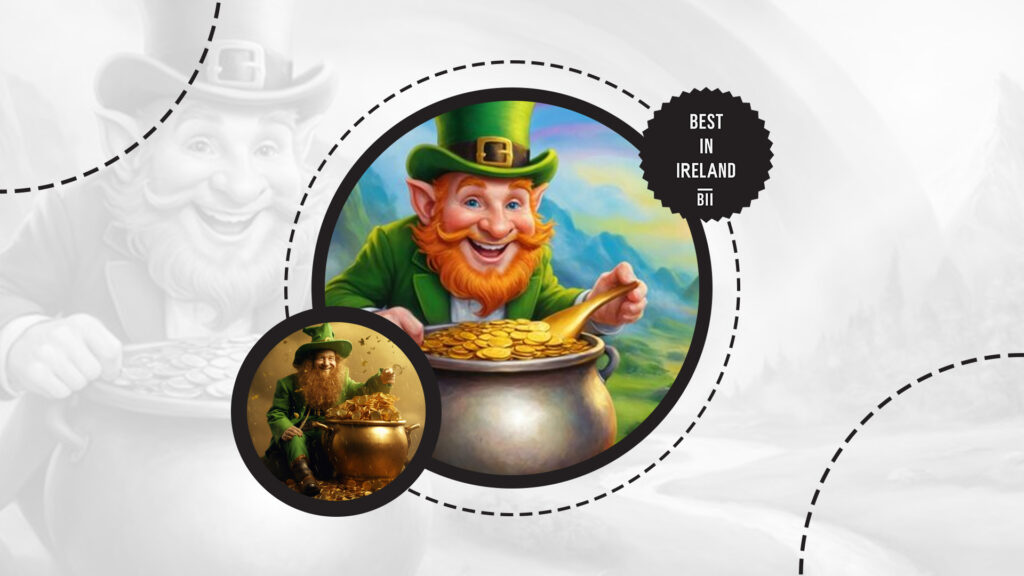
Leprechauns are famous for their obsessive collection and protection of gold, typically stored in a magical pot hidden at the end of rainbows.
These magical beings are believed to accumulate wealth through cunning trades and mysterious transactions in the fairy realm.
Each leprechaun is said to guard their treasure with elaborate magical traps and misdirection spells. Their gold is not just mere currency but a symbol of their magical power.
Based on legends, a single coin from a leprechaun’s pot can bring immense luck or transform the holder’s entire destiny.
4. Leprechauns Have a Solitary Nature

Unlike other fairy folk who enjoy communal gatherings, leprechauns are extremely solitary creatures. They prefer isolated locations like dense forests, rocky mountain crevices, and hidden woodland areas.
These tiny beings are known for their intense desire for privacy, often setting elaborate magical barriers to prevent discovery.
According to folklore, if a leprechaun is accidentally discovered, they become incredibly stressed and will use complex magical tricks to escape. Sometimes they can even change their appearance or create illusive duplicates to confuse potential intruders.
5. Leprechauns are Talented Musicians
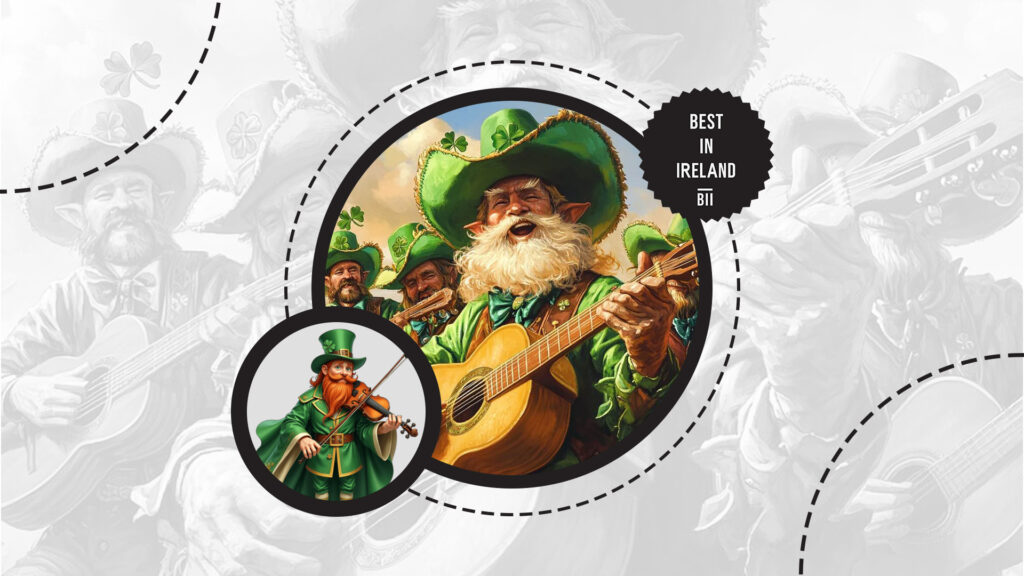
Leprechauns are extraordinary musicians, particularly skilled with traditional Irish instruments like the fiddle and tin whistle. Their musical performances are said to be so enchanting that listeners can become trapped in magical musical trances.
Each leprechaun is believed to have a unique musical signature that reflects their personality. Some play melodies of mischief, while others compose tunes of deep melancholy.
Their music is not just entertainment but a form of magical communication, capable of influencing emotions and even temporarily altering reality.
6. Leprechauns are Renowned Tricksters
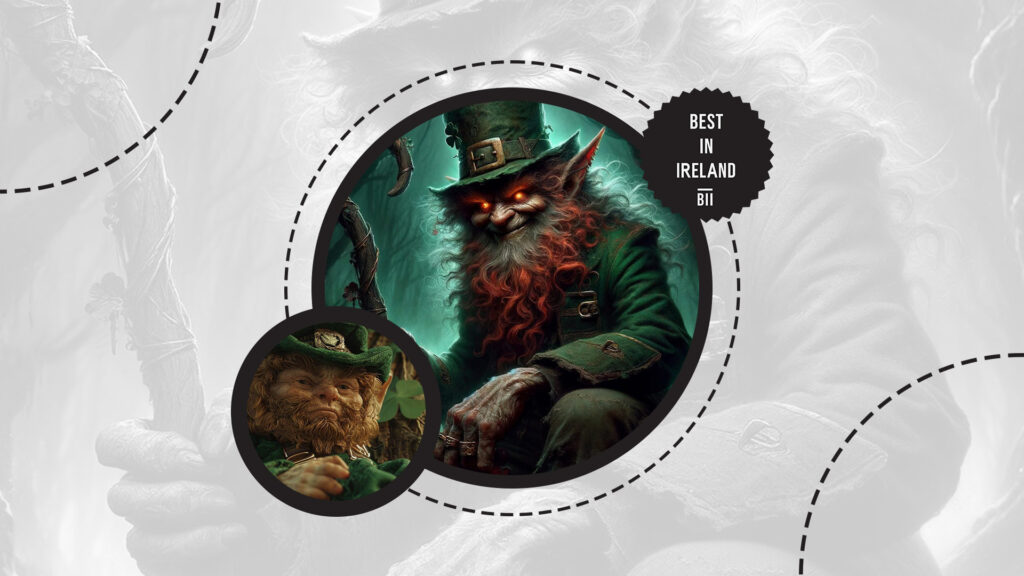
Renowned as the ultimate tricksters of Irish mythology, leprechauns delight in elaborate practical jokes and clever deceptions. Their tricks range from simple misdirections to complex magical illusions designed to confuse humans.
Legends describe scenarios where leprechauns might lead travelers in circles, create phantom sounds, or transform objects to cause bewilderment.
Their mischievous nature is not malicious but stems from a playful spirit. Their tricks often serve as a way to protect their secrets and maintain the mysterious boundary between the human and fairy worlds.
7. Leprechauns Have a Unique Style
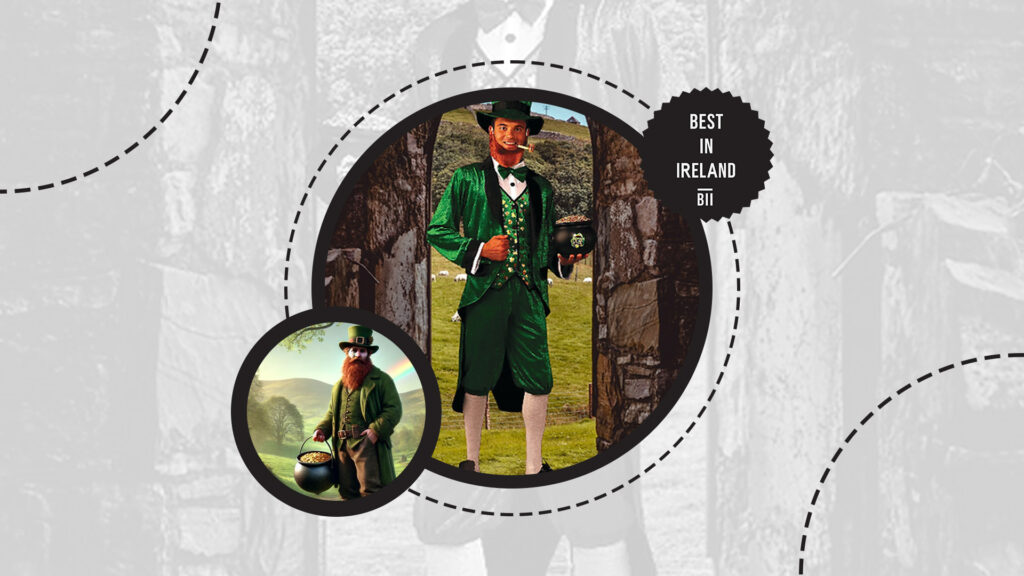
Leprechaun fashion is distinctive and symbolic, typically featuring emerald green coats, red pointed hats, and intricate buckled shoes.
Each piece of clothing is said to be magically crafted, with colors and designs that represent their individual magical status and lineage. According to folklore, a leprechaun’s clothing can change color or become invisible as a defensive mechanism.
The buckles on their shoes are rumored to be made from rare metals that possess protective enchantments. These make their attire not just a fashion statement but a complex magical armor.
8. Leprechauns are the ‘Bankers’ of the Fairy World

Beyond shoe-making, leprechauns are considered the bankers and wealth managers of the fairy world. They are meticulous record-keepers who understand complex magical economic systems.
Each leprechaun is believed to maintain extensive ledgers documenting centuries of magical transactions, trades, and wealth exchanges.
Their financial expertise extends beyond mere coin counting. They are said to understand the metaphysical value of magical objects, capable of assessing the true worth of enchanted items that transcend monetary value.
9. Leprechauns Can Grant You 3 Wishes – If You Catch Them!
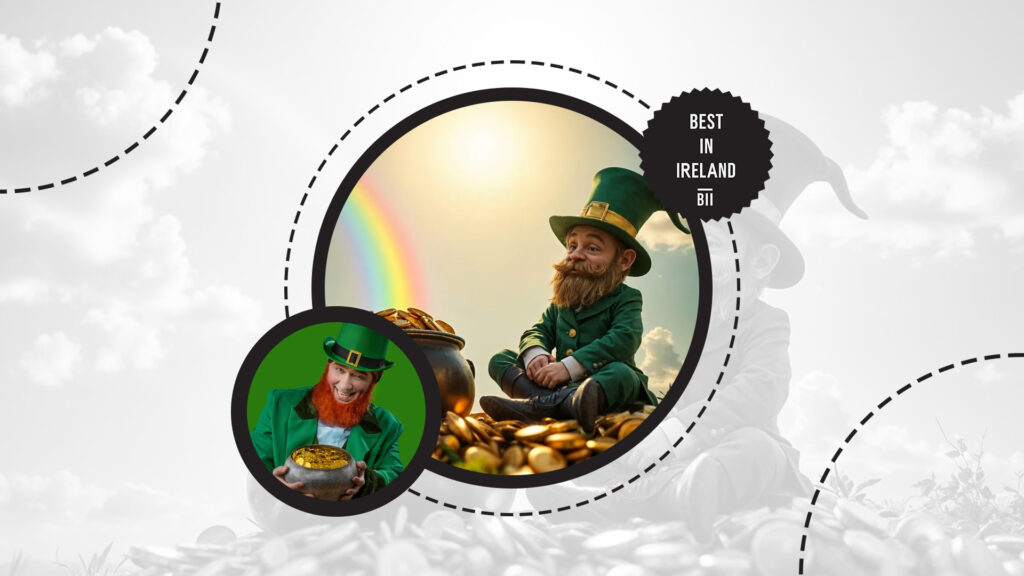
Folklore suggests that capturing a leprechaun creates a magical contract where the creature must grant three wishes in exchange for its freedom. However, these wishes come with intricate magical conditions.
Leprechauns are notorious for interpreting wish language literally, often creating comedic or unexpected outcomes that technically fulfill the wish’s literal meaning.
What’s more, catching a leprechaun requires extraordinary skill, patience, and magical understanding.
Legends describe elaborate trapping techniques involving specific magical constraints, specialized containers, and precise linguistic formulations. These can prevent the cunning creature from escaping or twisting the wishmaker’s intentions.
10. Leprechauns are a Protected Species Under European Union Law
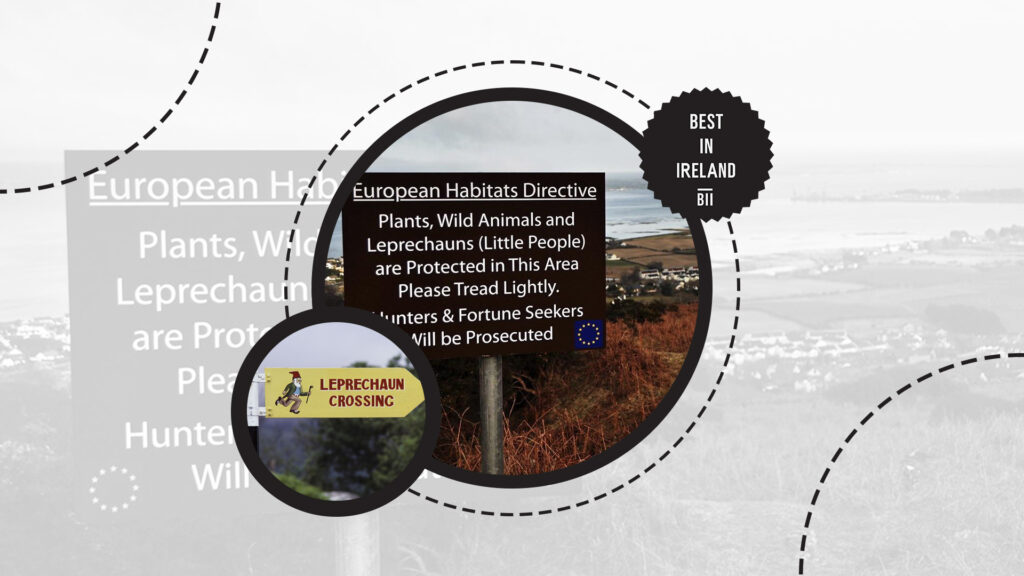
In a fascinating legal quirk, some Irish folklore enthusiasts claim that leprechauns are officially recognized as a protected species under EU environmental regulations.
This mythical protection allegedly stems from their status as an endangered magical species integral to Irish cultural heritage.
While this “law” is more folkloric humor than actual legislation, it symbolizes the deep cultural significance of leprechauns in Irish identity.
The supposed legal protection represents a playful acknowledgment of the creatures’ importance in preserving Ireland’s rich mythological traditions and magical folklore.
11. There Are Sea Leprechauns Too!
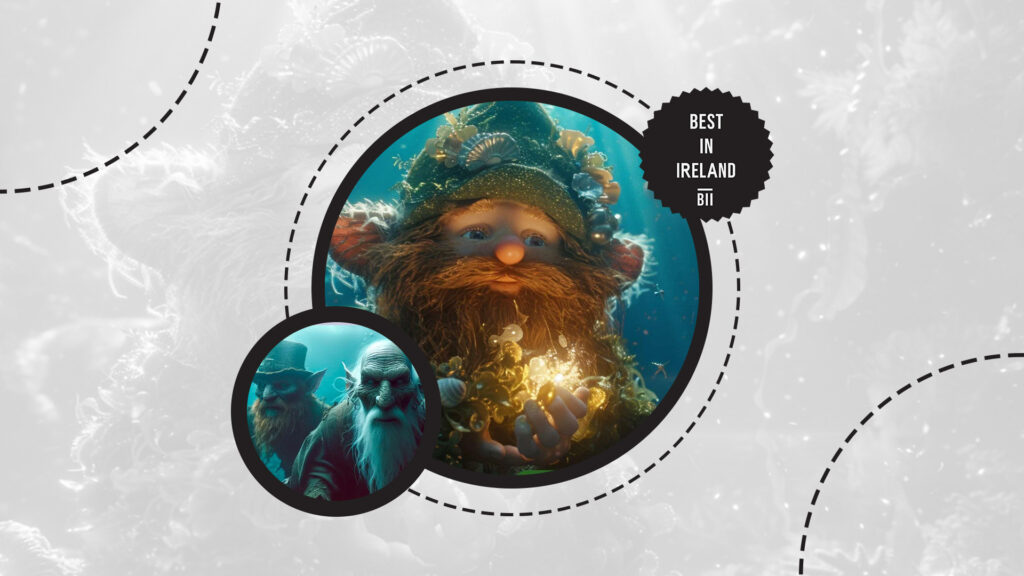
Beyond the traditional woodland leprechauns, maritime folklore introduces “sea leprechauns” – magical marine creatures inhabiting coastal regions. These aquatic variants are said to possess different magical abilities adapted to oceanic environments.
Unlike their forest counterparts, sea leprechauns reportedly have scales, webbed fingers, and the ability to breathe underwater. They’re described as guardians of underwater treasures, shipwreck secrets, and marine magical ecosystems.
Based on sailors’ tales these creatures can control tides, communicate with sea creatures, and create mystical water illusions to protect their underwater domains.
12. There’s A Leprechaun Colony Living in Portland, Oregon

In a delightful blend of urban folklore and whimsical tourism, Portland, Oregon, claims to host an official leprechaun colony that has become a quirky local legend.
Located in the Hoffman Estate area, this mythical settlement is marked by an elaborate miniature display at Mill Ends Park that captures the imagination of locals and visitors.
It was created by residents who transformed a small garden space into a magical miniature world. This “leprechaun colony” features tiny houses, intricate landscaping, and playful details that suggest a thriving community of magical creatures.
This charming installation has become a beloved local attraction, blending community creativity with the enchanting mythology of Irish folklore.
13. Leprechauns Are All Males
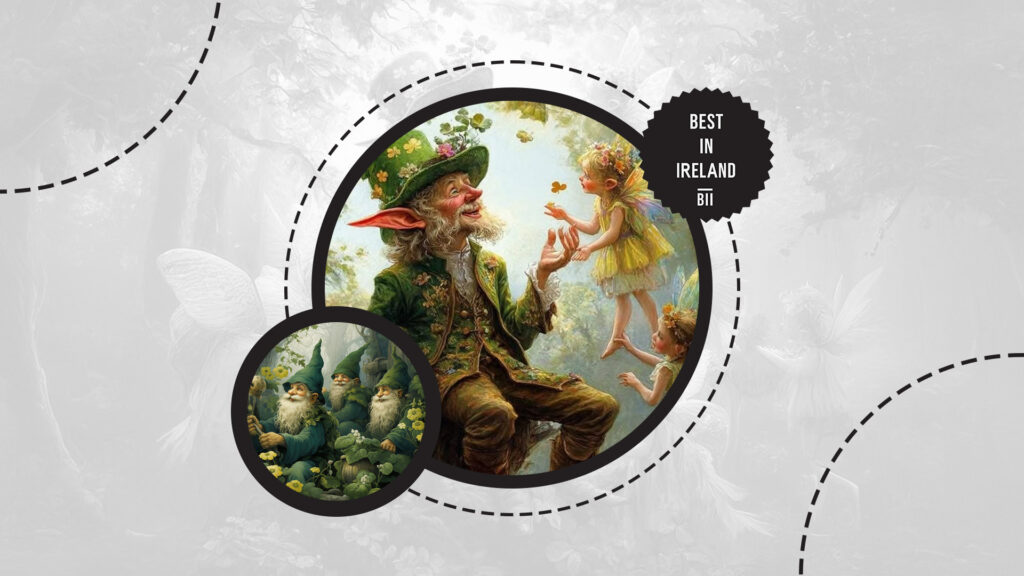
In traditional Irish mythology, leprechauns are uniquely portrayed as an exclusively male supernatural species, defying typical fairy folklore patterns.
This singular characteristic sets them apart from other magical creatures that often feature mixed-gender populations.
According to ancient legends, leprechauns reproduce through mysterious magical mechanisms that do not involve traditional biological reproduction.
Their solitary nature and exclusive male composition contribute to their mystique. And it suggests that they are more of a specialized magical profession or spiritual entity than a typical biological species.
This intriguing aspect of leprechaun mythology continues to fascinate mythological enthusiasts, highlighting the enigmatic nature of these legendary creatures.
14. A Leprechaun Named Lucky Might’ve Contributed to the Good Fortune of an NBA Team
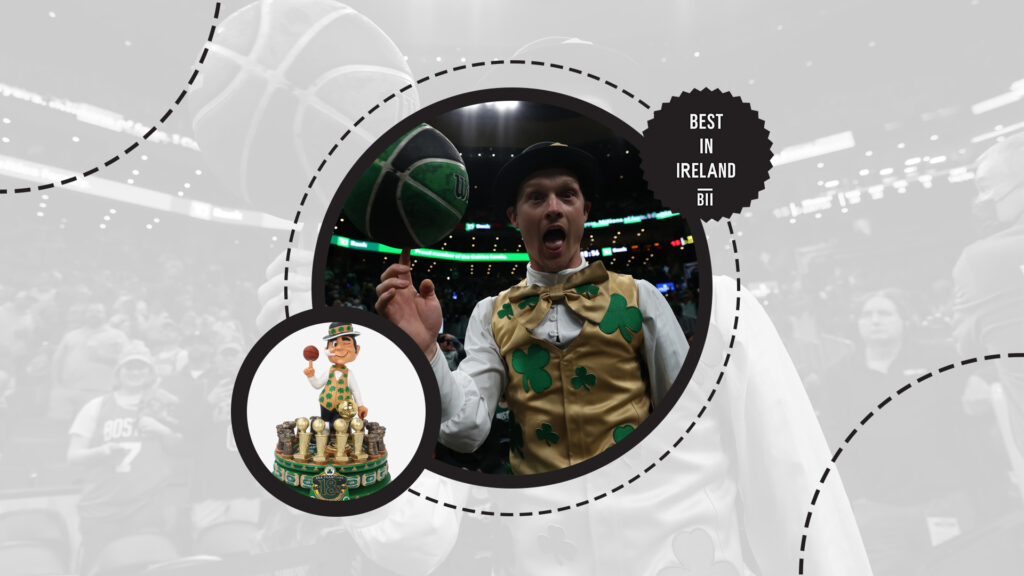
The Boston Celtics’ legendary mascot, Lucky the Leprechaun, has been more than just a spirited sideline character. He’s become a symbol of the team’s extraordinary basketball legacy.
Introduced in the 1960s, this mischievous green-clad mascot embodies the Irish heritage and magical luck associated with traditional leprechaun mythology.
With his signature green outfit, top hat, and playful demeanor, Lucky has become synonymous with the Celtics’ remarkable success. This includes an unprecedented 18 NBA championships!
Additionally, the team’s name originated from Boston’s significant Irish immigrant population. It was chosen by founder Walter Brown to honor the city’s strong Celtic roots, creating a distinctive identity that resonated with the local community’s heritage.
15. Someone Claimed to Have Discovered a Leprechaun’s Remains
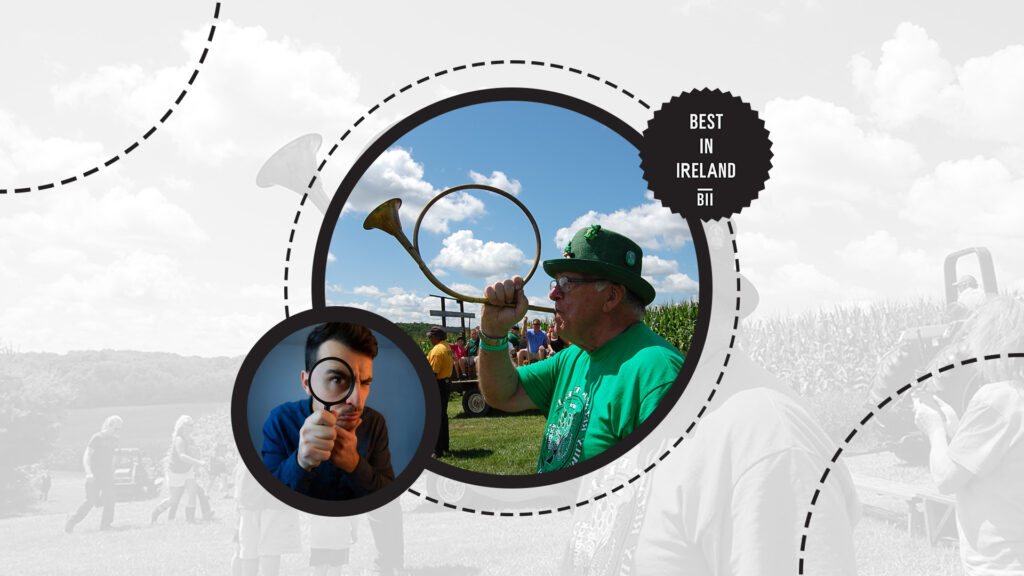
In a bizarre twist of folklore, an Irish businessman claimed to have discovered a leprechaun’s remains in 1989 on Slieve Foye Mountain in Louth’s Cooley Peninsula.
He reported finding charred ground, tiny bones, a miniature suit, and gold coins near a wishing well. The “evidence” is now displayed behind glass, sparking an annual leprechaun hunt where 100 porcelain leprechauns are hidden on the mountain.
Tourists can purchase a €6 “hunter’s license” to participate in this whimsical treasure hunt, which has become a beloved local tradition.
16. Leprechauns Have Rowdy Cousins Called the ‘Clurichauns’
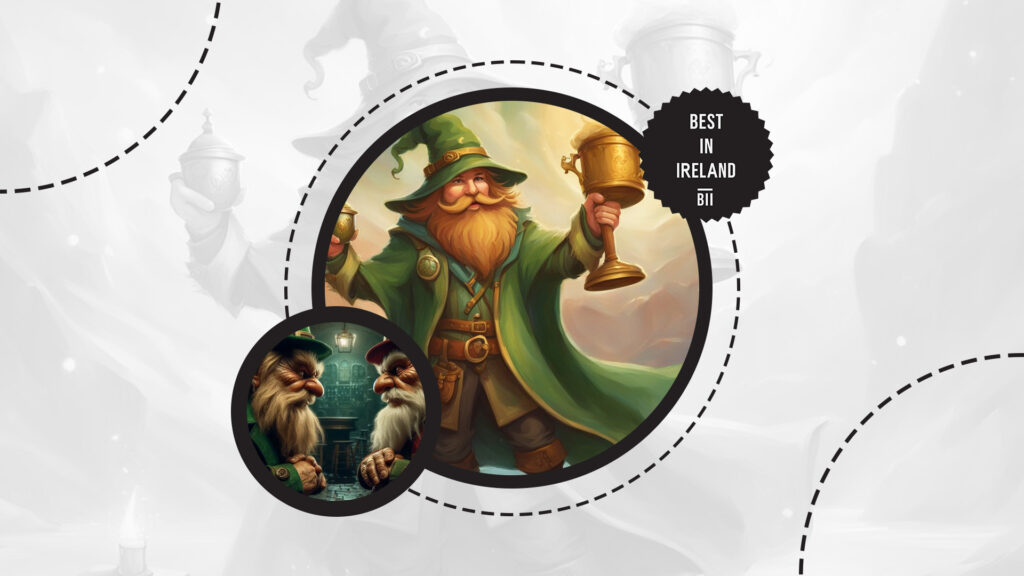
Meet the clurichaun, leprechauns’ wild and rowdy cousin! These red-clad mythical creatures are known for their love for alcohol and mischief.
Often depicted as perpetually drunk, clurichauns are said to ride animals at night and raid wine cellars with reckless abandon.
Some folklore says they’re simply leprechauns after a long day of work, transforming into these surly, tipsy beings when the sun goes down. They’re the party animals of the fairy world!
